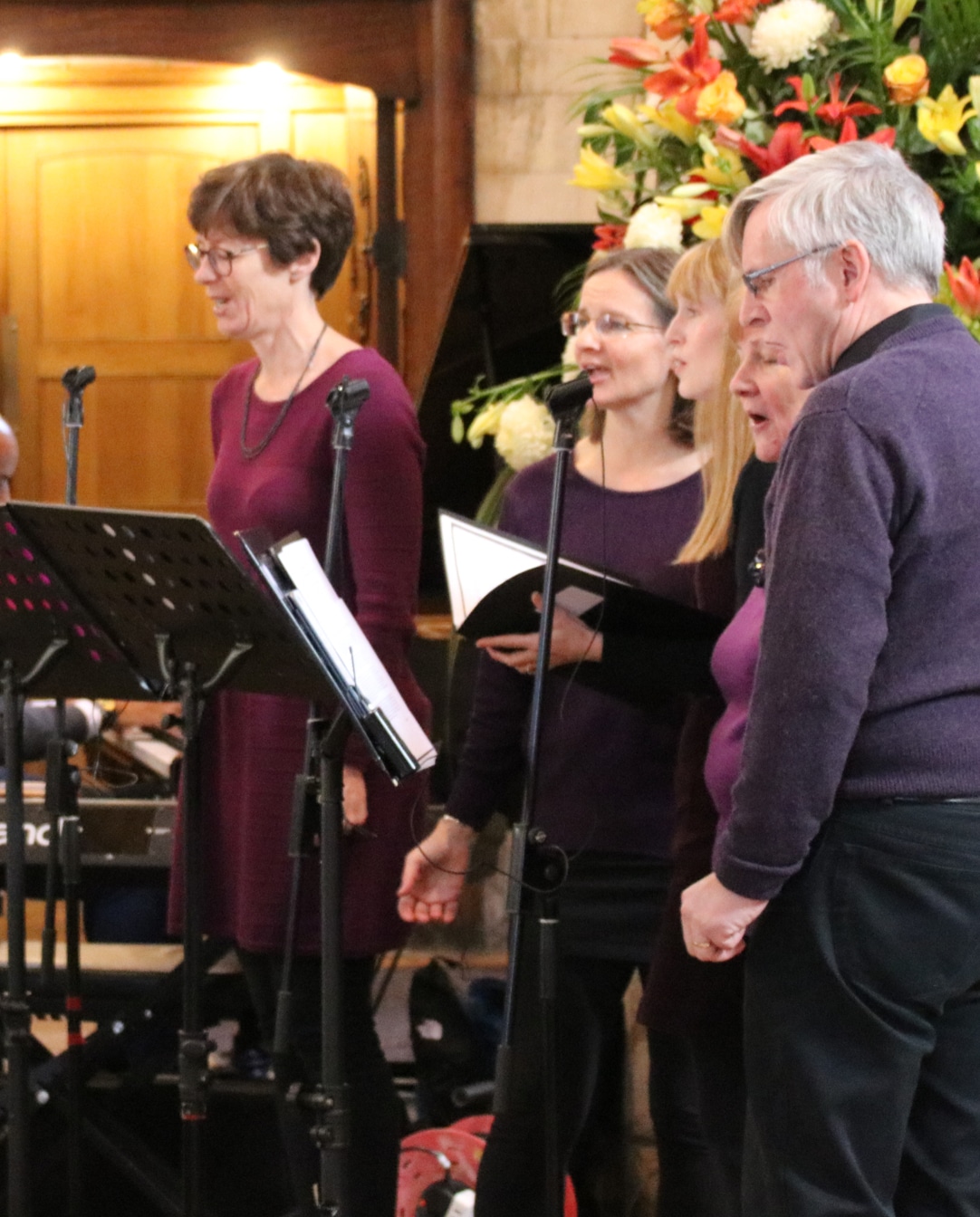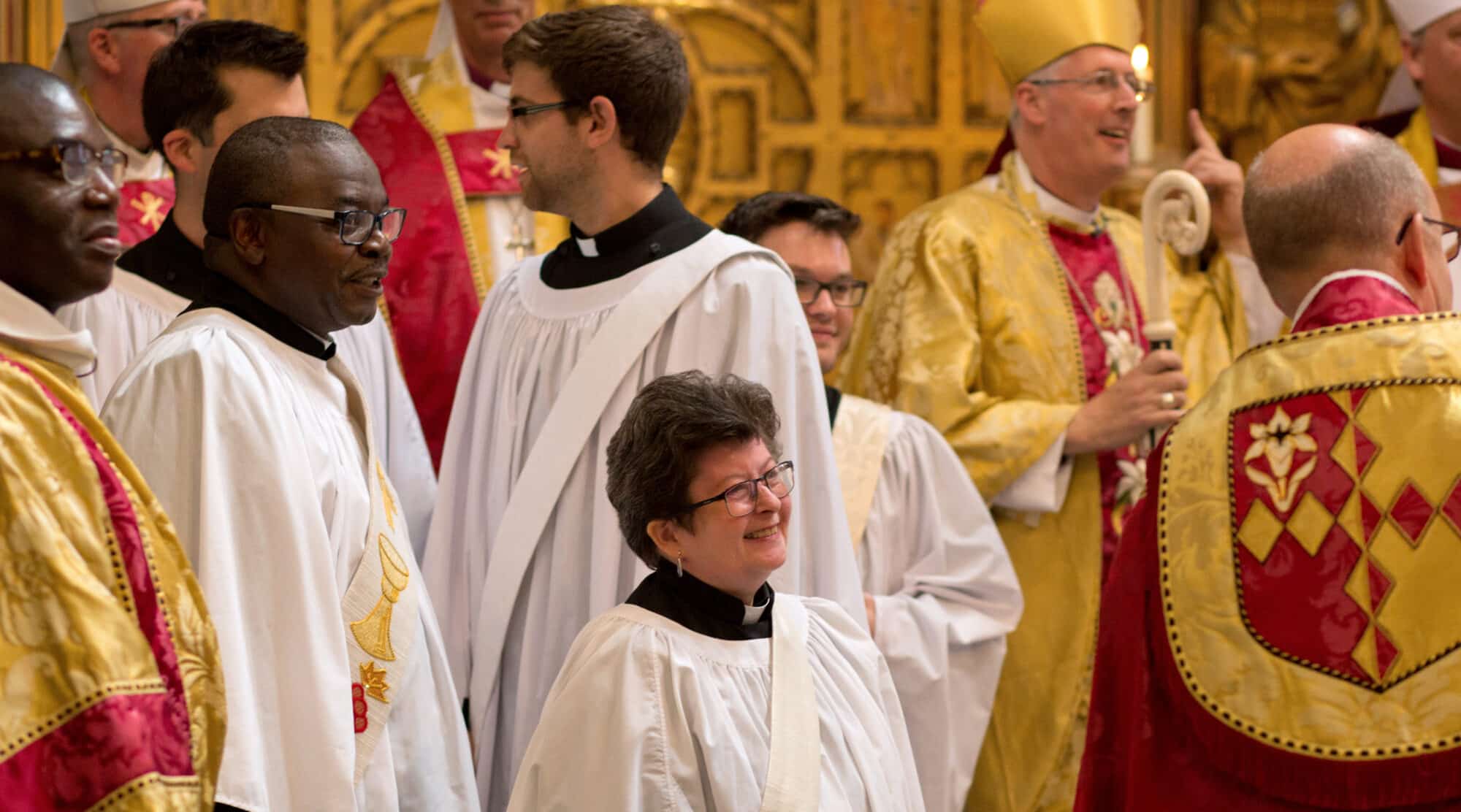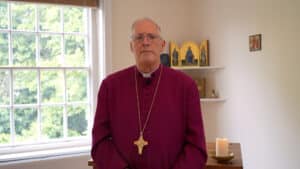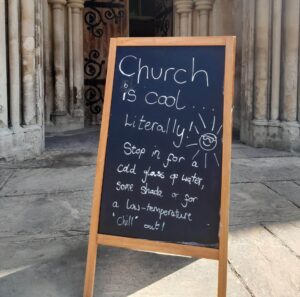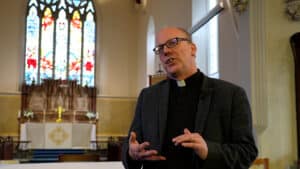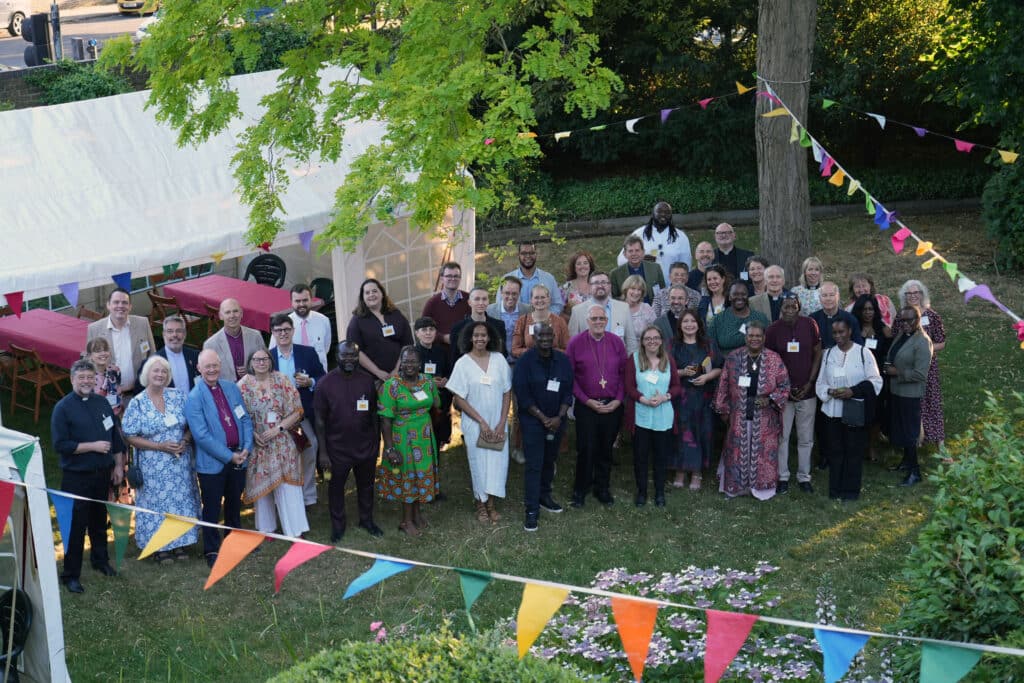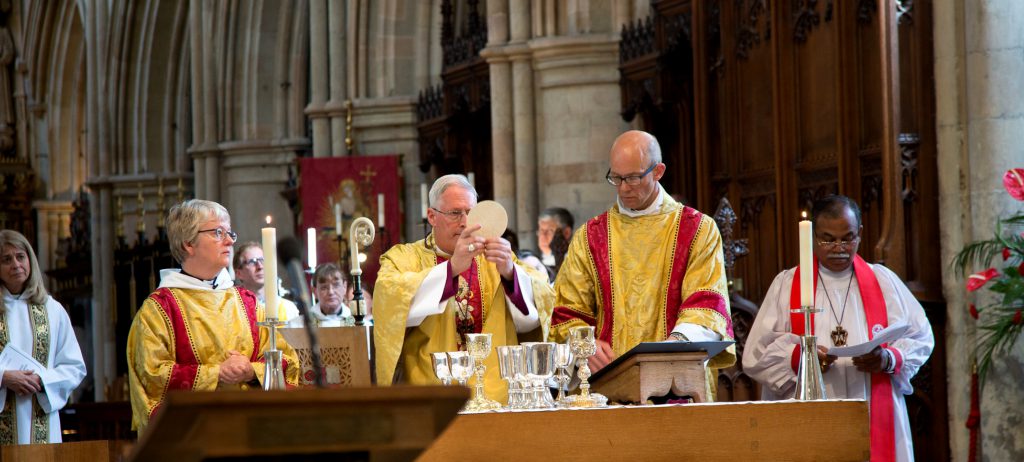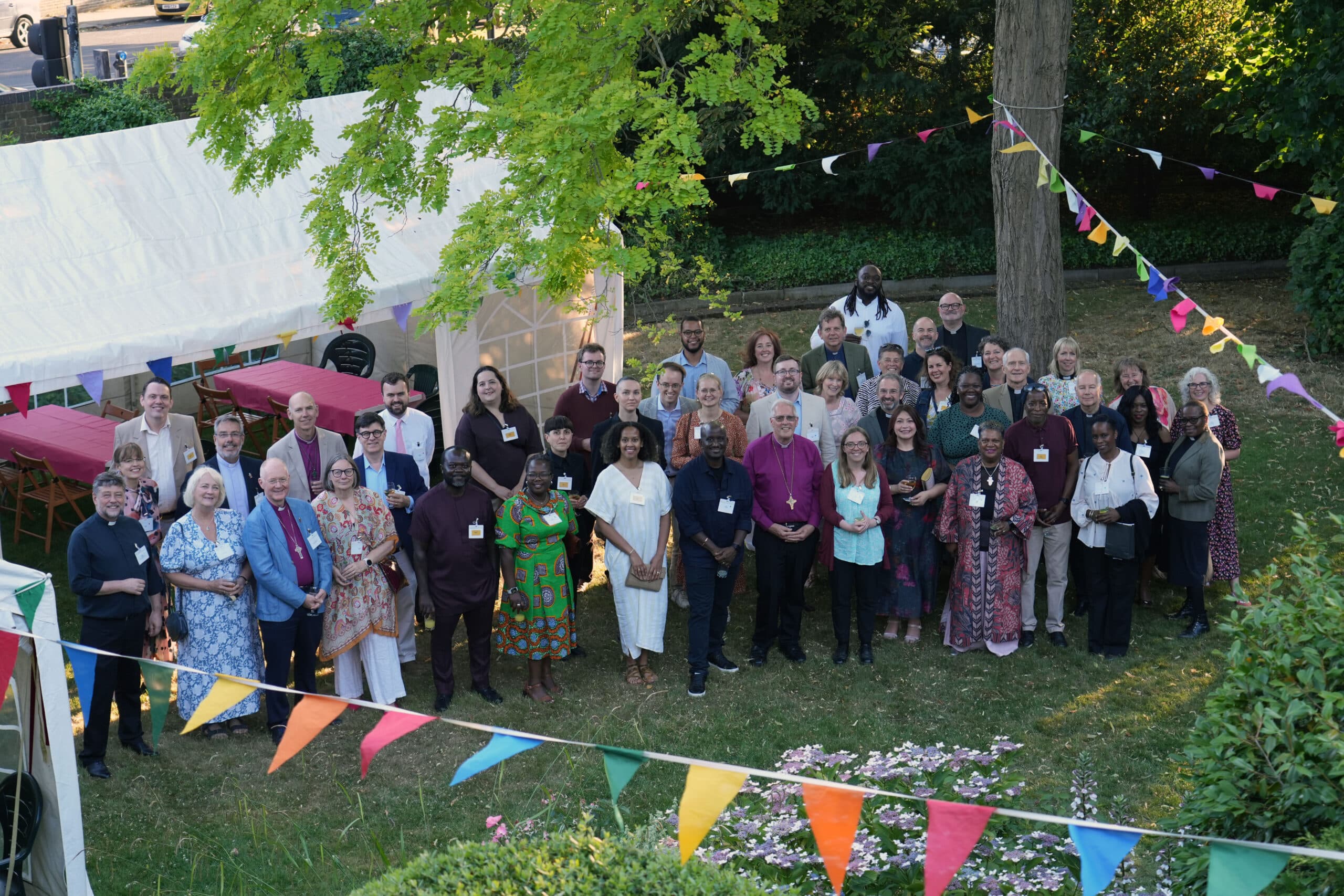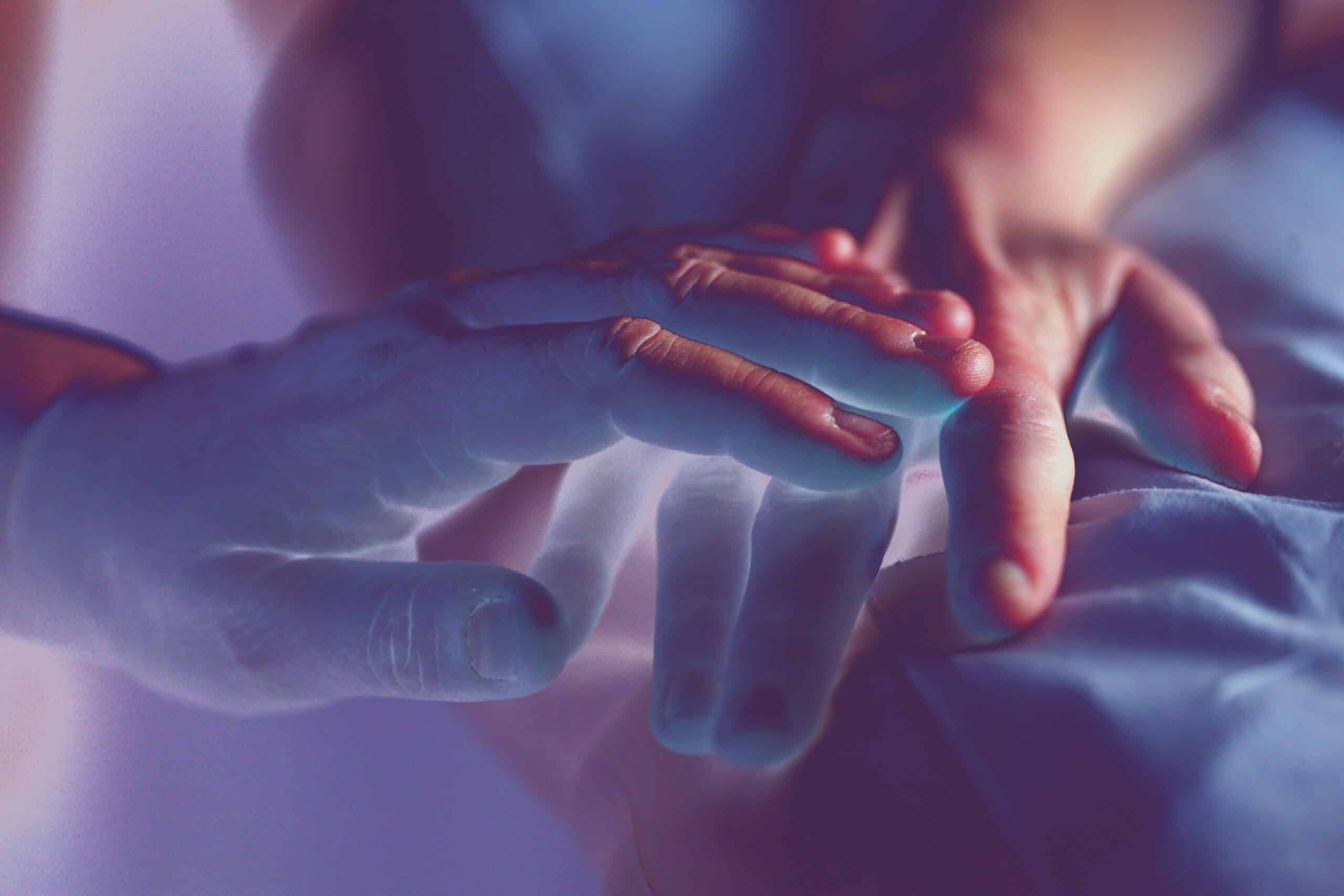Time has taken on a different significance for me on pilgrimage.
No longer are my days punctuated by the necessary routines and rituals I have created for myself as I navigate curacy, family and motherhood, parish life and home commitments. Released from these for a few days, it’s not so hard to rise early each morning to begin the day’s scheduled activities. As the pilgrimage has progressed I have come to value that I don’t have to think about much more than what each moment presents. I don’t need to ask myself whether there will be enough time to do whatever is on my to do list for the day.
Our days of Pilgrimage have invited me to practice being present in the moment.
This morning was dedicated to remembering and praying the Stations of the Cross on the Via Dolorosa. The Holy Week devotional practice of the Stations of the Cross was born here in Jerusalem. They were created here by the Franciscans in the 13th Century in order to provide a way for pilgrims to Jerusalem to focus on and be drawn into the passion of Christ.
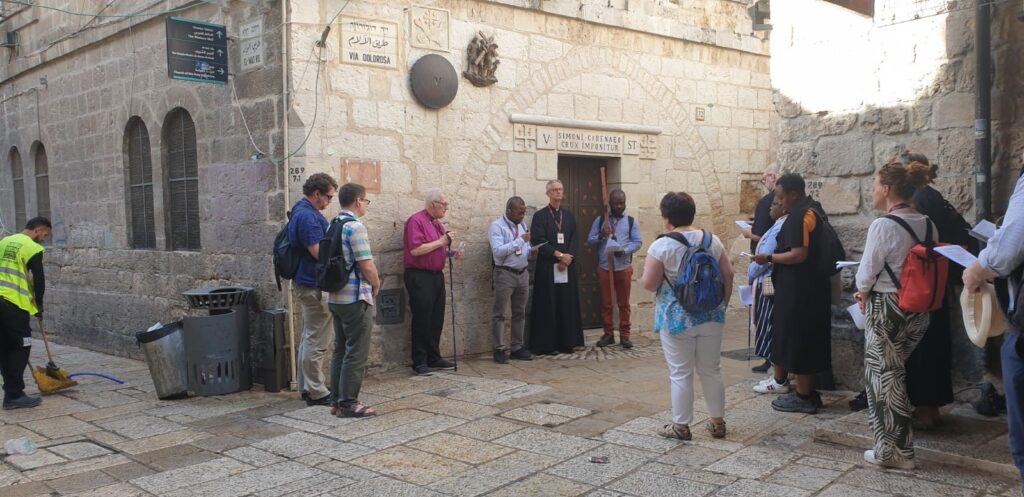
Separated in time from the thousands of pilgrims who have walked this way we are also deeply connected to them as we retrace their steps and join in their sacred intentions. As we follow in Christ’s footsteps on his way to Cavalry, we too journey and wander, search for meaning, for connection and understanding of ourselves and our faith in Jesus Christ .
The 1st Century paving stones that we stood on today at the second station of the cross brought this physical connection with the past and future into sharp focus. As my feet hit the floor, I thought how despite all the many great, Beautiful monuments and churches, artwork that we are surrounded by here in Jerusalem, it was these “ordinary” much trodden on flagstones that spoke to me of sacred connectedness. In a very simple way , I wondered who has stood here, whose feet have also walked over these stones and asked myself, what brought them here? And God willing, in hundred years to come, who will be standing here and why? What questions will they come with, who will they be leaving behind and how will they return home?
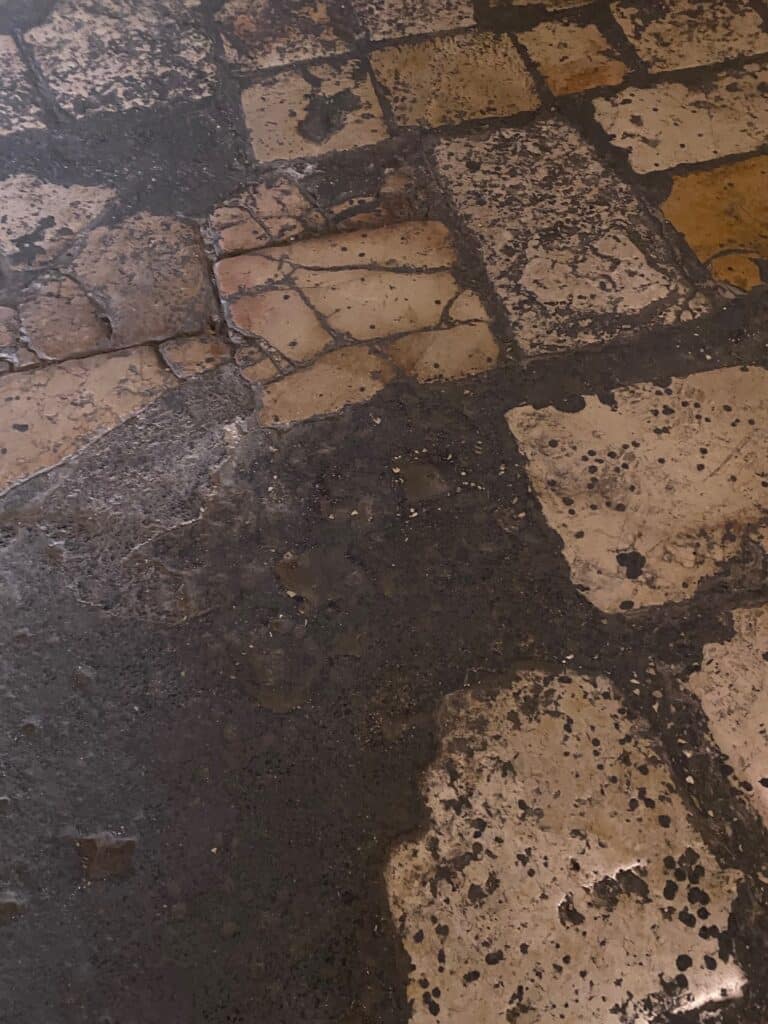
Shortly after leaving this station, these thoughts were disturbed by some young children, rushing off to school. Chattering away in Arabic I could not understand what they were saying, but they were happy, excited to be on their way. A boy dragged his satchel gleefully down the ramped pathway. A little further along a rubbish removal truck was holding us up (or rather we held them up!) as we stood, backs against the wall to let it pass.
Moving to one side to let those who live here pass was a good to remember that while we are walking “in our time” our pilgrimage, we never journey alone. We always do so in the midst of much that is unpredictable and uncontrollable. We may have come here committed to something, somehow searching for meaning; but those who we have come to live amongst – are necessarily doing what we have been able, for a bit at least, to leave the behind.
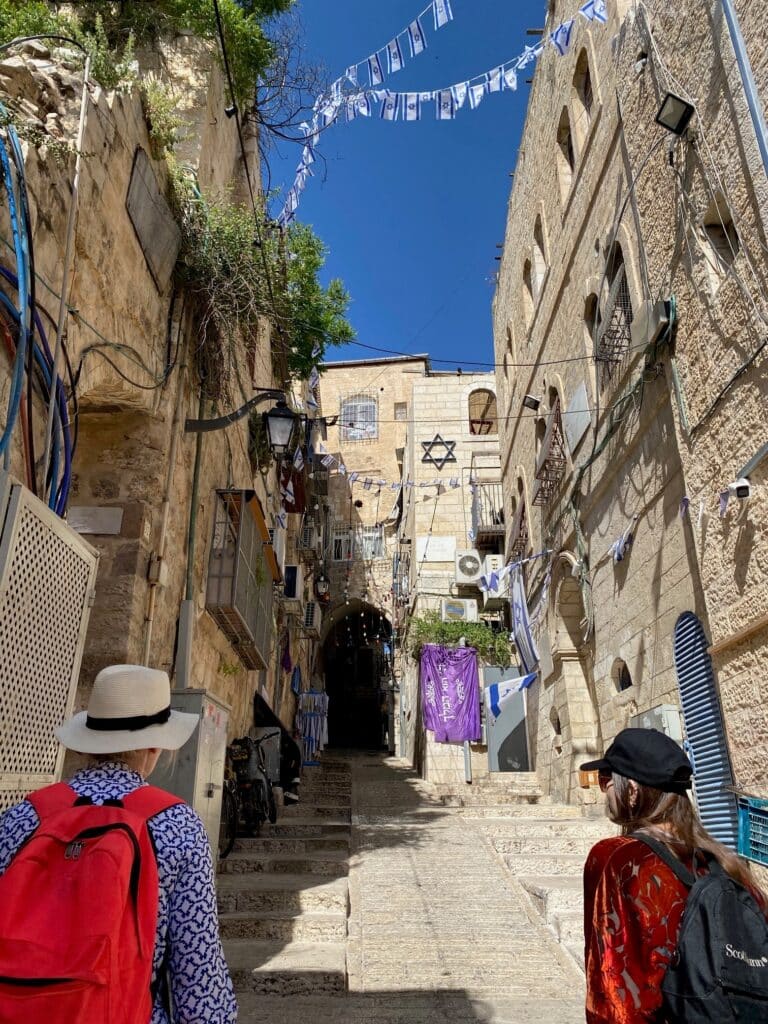
When Jesus walked to Cavalry, some will have spat at him, others would have wept, some would have walked the other way and completely ignored and not even noticed him. And so as we sought to retrace his journey through business of the Via Dolorosa, it helped me to remember that to walk in faith, and to follow Christ does not mean to have a life that is free of distractions and challenges but is an invitation to live this life of faith in Jesus and to minister Gods love despite and through the distractions of daily life.
